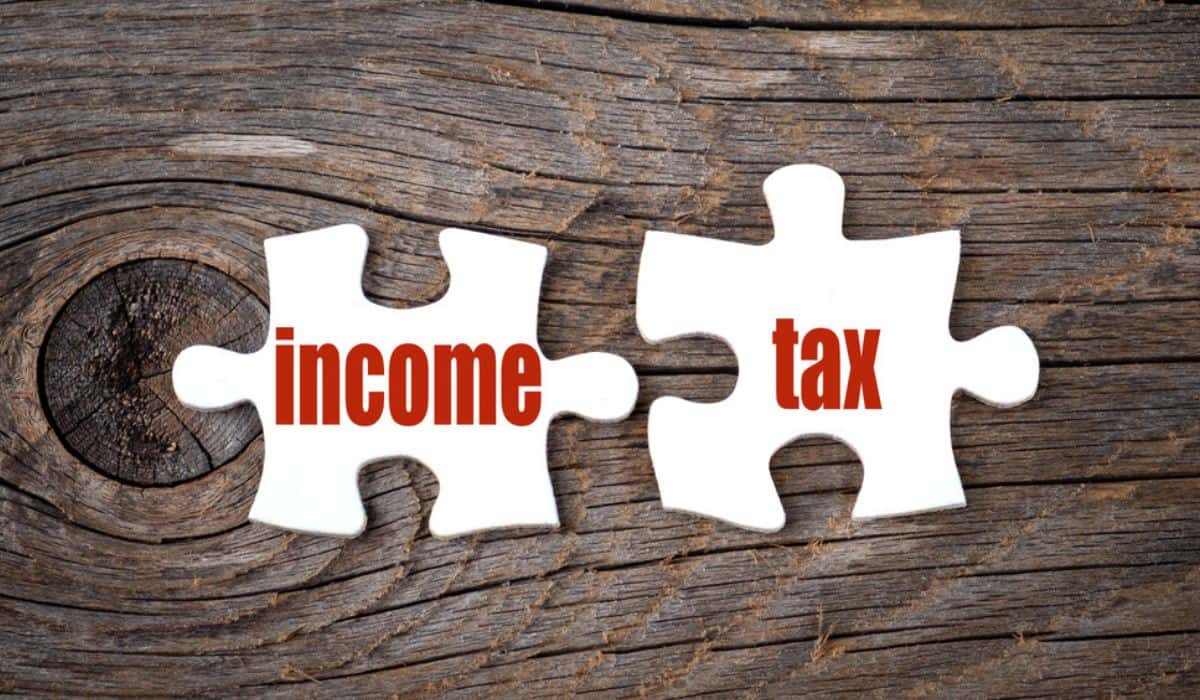Income tax slabs play a crucial role in determining how much tax an individual has to pay on their income in a financial year. Introduced to ensure fairness and equity in the tax system, income tax slabs categorize taxpayers based on their income levels and apply progressive tax rates accordingly.
Here’s a detailed look at income tax slabs in India, including an understanding of short-term capital gains tax and how it fits into the overall tax picture.
Income Tax Slabs in India: An Overview
In India, the income tax slabs are structured to ensure that higher-income earners pay a higher percentage of their income in taxes compared to lower-income earners. For the Financial Year (FY) 2023-2024, the income tax slabs for individuals below 60 years of age under the old tax regime are as follows:
1. Income up to ₹2,50,000: No tax
2. Income from ₹2,50,001 to ₹5,00,000: 5%
3. Income from ₹5,00,001 to ₹10,00,000: 20%
4. Income above ₹10,00,000: 30%
However, the Government of India introduced an optional new tax regime, providing different tax slabs that offer lower tax rates without deductions/exemptions.
New Tax Regime (Optional) for FY 2023-2024:
1. Income up to ₹2,50,000: No tax
2. Income from ₹2,50,001 to ₹5,00,000: 5%
3. Income from ₹5,00,001 to ₹7,50,000: 10%
4. Income from ₹7,50,001 to ₹10,00,000: 15%
5. Income from ₹10,00,001 to ₹12,50,000: 20%
6. Income from ₹12,50,001 to ₹15,00,000: 25%
7. Income above ₹15,00,000: 30%
Taxpayers can choose between the old tax regime and the new tax regime based on which one is more beneficial for them.
Short-Term Capital Gains Tax
Short-term capital gains (STCG) refer to profits earned from the sale of a capital asset held for a short duration, typically less than 36 months for most assets. The Short Term Capital Gains Tax depends on the type of asset and the holding period.
Equity and Equity-Oriented Funds
For equity shares and equity-oriented funds, STCG is calculated if the asset is sold within 12 months of acquisition. The short-term capital gains tax rate on such gains is 15%.
For example:
If an individual buys shares worth ₹1,00,000 and sells them for ₹1,20,000 within a year, the STCG is ₹20,000. The tax liability would be 15% of ₹20,000, which amounts to ₹3,000.
Other Assets
For assets other than equities (such as property, gold, etc.), if they are held for less than 36 months, the gains are subject to being taxed at the individual’s applicable income tax slab rates. Therefore, the STCG on these assets is subject to marginal income tax rates.
For instance:
If an individual sells a property within 2 years of purchase and makes a profit of ₹10,00,000, and their total income falls under the slab rate of 30%, the STCG tax would be 30% of ₹10,00,000 equating to ₹3,00,000.
Total Income Calculation Including STCG
When calculating the total taxable income, STCG is added to the individual’s total income and is taxed according to the applicable tax slab.
For example:
If an individual’s total income from salary is ₹9,00,000, and they have an STCG of ₹ 1,00,000 from the sale of property, their total taxable income would be ₹10,00,000. Under the old tax regime, they would fall under the 30% tax slab for the amount over ₹10,00,000 resulting in:
– Tax on ₹2,50,001 to ₹5,00,000: ₹12,500 (at 5%)
– Tax on ₹5,00,001 to ₹10,00,000: ₹1,00,000 (at 20%)
– Tax on the remaining ₹1,00,000: ₹30,000 (at 30%)
Conclusion:
Understanding the income tax slabs is essential for every taxpayer to be aware of their tax liabilities and to plan their finances accordingly. Both the old and new tax regimes offer varied benefits and should be evaluated carefully to decide the most beneficial regime. Additionally, knowing how short-term capital gains tax is applied helps in comprehensive tax planning and compliance.
Disclaimer: Investors should thoroughly assess all the pros and cons before engaging in trading or investments within the Indian financial market. The details provided in this article are for informational purposes only and not intended as financial or tax advice.
Summary:
Income tax slabs are crucial in determining the tax an individual must pay based on their income level, ensuring a progressive tax system. The old and new tax regimes offer different benefits, and taxpayers must evaluate both to choose the optimal one. Short-term capital gains tax plays a role in overall tax calculations, with equity gains taxed at 15% for assets held under 12 months and other assets taxed according to applicable income slabs. Understanding these aspects allows taxpayers to plan better and remain compliant.
Disclaimer: Investors are advised to analyze all pros and cons before participating in the Indian financial markets. The information provided is for educational purposes only and should not be construed as financial advice.
I’m Arlo Liam, and I bring over 10 years of hands-on experience in the mobile technology field. My journey in mobile technology has been driven by a passion for innovation, usability, and the evolving digital landscape.
From understanding the inner workings of smartphones to exploring emerging trends in mobile software and app development, I am committed to sharing in-depth insights and practical knowledge with users of all levels.

